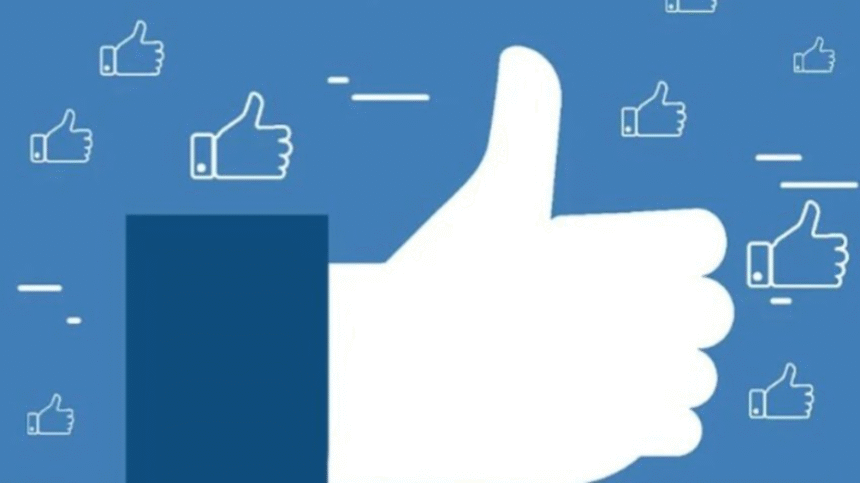The internet wouldn’t be the same today without the famous “Like” button — the thumbs-up icon that has evolved into the primary symbol of approval and often dependence on platforms like Facebook. This button, which began as a simple click, has transformed how people express emotions and interact online.
In a new book titled Like: The Button That Changed the World, authors Martin Reeves and Bob Goodson reveal how this button grew from a simple idea into a global phenomenon.
The inspiration for this symbol dates back to Roman times, when spectators in the Colosseum showed their opinion on gladiators’ fate using thumbs up or down.
This gesture was revived in popular culture through the 2000 film Gladiator and became famous thanks to the character Fonzie in the TV show Happy Days. However, a key role in modernizing the symbol was played by Bob Goodson, a former Yelp employee who, on May 18, 2005, sketched a thumbs-up and thumbs-down system for rating restaurants.
Although Yelp rejected his proposal, Goodson collaborated with Reeves to further investigate the use and origins of this symbol. Meanwhile, Facebook, though not the creator of the “Like” button, introduced it for the first time on February 9, 2009, after acquiring the competing network FriendFeed.
Initially, the button was meant to be called “Awesome,” but this was rejected due to excessive complexity. Regardless of its origin, after its launch, “Like” became a powerful tool for data collection and targeted advertising, generating billions of dollars for Meta Platforms (Facebook).
In 2016, Facebook introduced additional reactions like “Love,” “Haha,” “Wow,” “Sad,” and “Angry,” allowing users richer ways to express their emotions. However, this phenomenon also brought consequences, including increased addiction and self-esteem issues, especially among young people.
Psychologists warn about the negative effects of the “Like” button, where individuals often link their self-worth to the number of likes they receive, fueling narcissism and feelings of inferiority among those who don’t get enough attention.
Reeves acknowledges that these consequences were unplanned but inevitable: “If we can’t predict even the good sides of technological innovation, then how can we foresee the side effects?”







